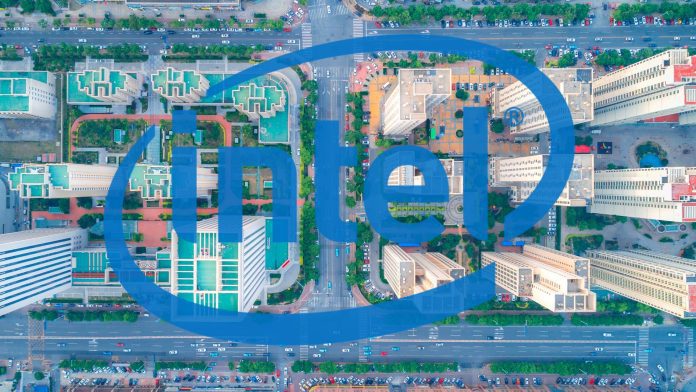Federated Wireless has signed with Intel to use its Smart Edge platform to pursue private network trials using CBRS spectrum in the education sector in the US. The move is part of Intel’s drive to push edge networking in sundry enterprise sectors. The firm has said it is pursuing similar arrangements with system integrators and managed service providers to “define, test, and deploy” private network solutions.
The initiative goes beyond just the CBRS market in the US, Intel said it is involved in “several projects” to connect airports, seaports, and manufacturing sites around the world. But the work with Federated Wireless seeks initially to exploit rising demand in the US education sector with the continuing fallout from the Covid-19 pandemic forcing classes to go online.
Last week, as part of a $50 million tech-geared ‘pandemic response’ initiative, Intel announced a project with AWS and Megh Computing to deploy a private LTE network to enable remote learning in a three-quarter-mile area in Sacramento, in California. The CBRS setup will connect the Leataata Floyd Elementary School and three residential housing locations within the Sacramento City Unified School District.
The school district is one of 14 in California to be designated as ‘underserved’. The project will scale over the next two years to cover the remaining 13 school districts, plus higher education campuses in the state, as well as to incorporate telehealth and rental administration services for local residents, said Intel. The National Center for Education Statistics (NCES) says 14 percent of 3-18 year-olds do not have home internet access.
Intel described private CBRS networks as a “bridging strategy to 5G”, creating an “inflection point in wireless” to solve “ three barricades to rapid and broad industry adoption”. These barriers are defined as ubiquitous access, a rich user experience, and reduced access costs. The deployment uses a radio access network (RAN) from JMA and CommScope, and AWS’ Snowball Edge edge-compute infrastructure to run video analytics applications from Megh Computing. Intel-based Chromebooks from Dell, equipped with MultiTech dongles, have also been supplied.
Intel said it is also working with the 5G Food Resiliency project and other 5G Open Innovation Lab partners in Snohomish County, in Washington, to deploy a CBRS-based LTE private network.
Caroline Chan, vice president and general manager of Intel’s 5G infrastructure division and network platforms group, said: “As the demand for private networks grows, customers are exploring how to enable innovative applications using the distinctive properties of complementary wireless technologies like 5G and Wi-Fi 6. At every turn, our customers can continue to count on Intel to bring the experience, ecosystem, and portfolio to support their goals.”
Speaking of the deployment at Leataata Floyd Elementary School, Kim Majerus, leader for education, state and local government at AWS in the US, said: “Providing affordable connectivity for remote education and improving safety in schools are an integral part of improving student outcomes… With this collective effort, this deployment serves as a great example of how mobile private networks can be used for housing authorities across the globe.”
Prasad Rampalli, advisor at the California Emerging Technology Fund, commented: “Reliable high-speed internet is the equalizer in today’s education. As we move forward from the pandemic, we must continue to utilize high levels of educational technology in teaching and learning. Lack of internet access, arguably the biggest hurdle we faced shifting to distance learning, must be addressed to ensure equal access to content and tasks for our students.”

